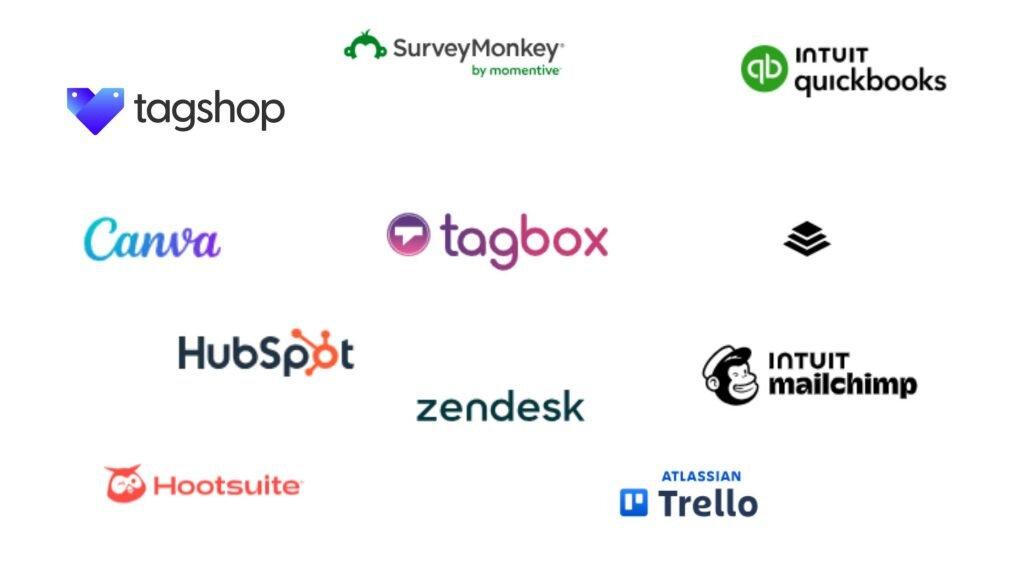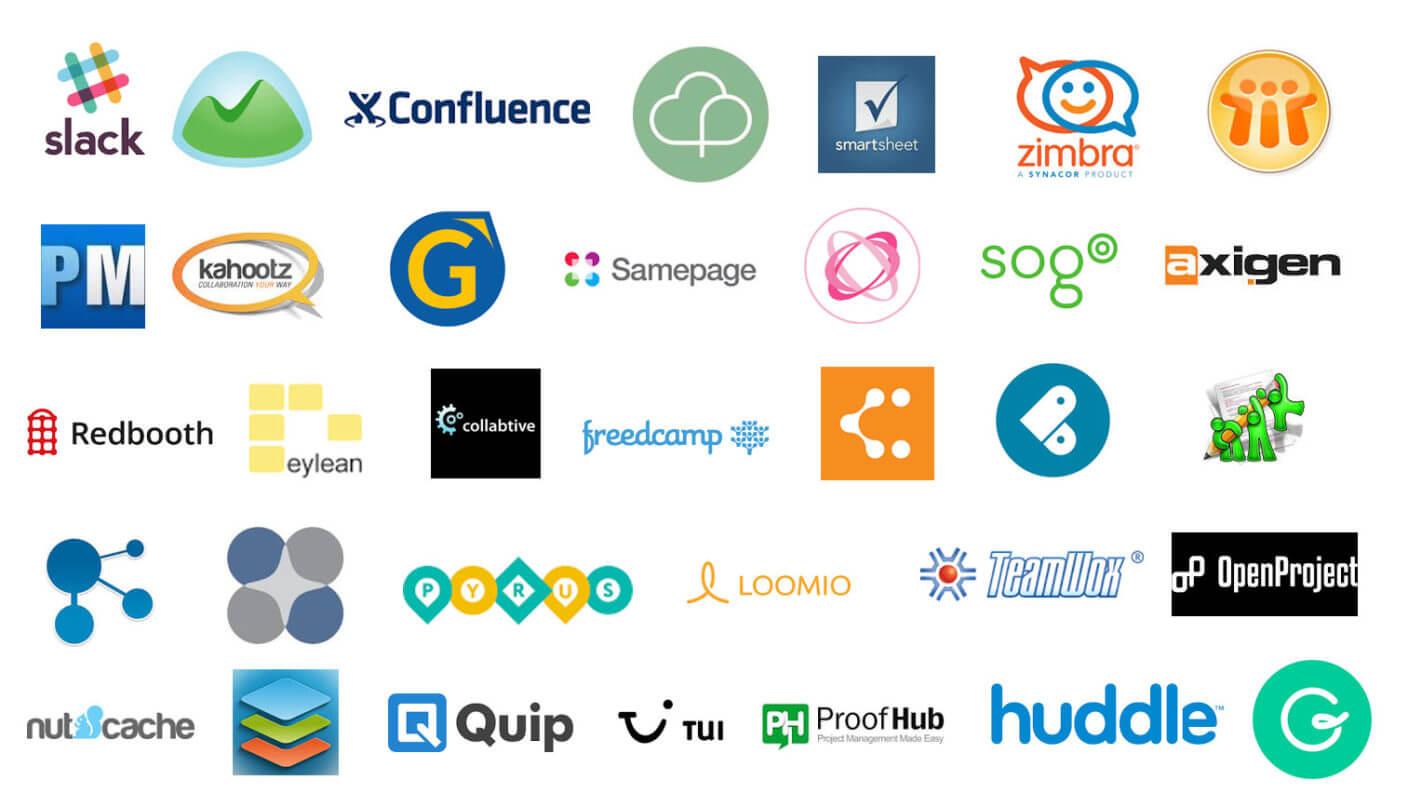In an era where collaboration drives innovation, teams are increasingly seeking tools that transcend geographical boundaries and foster seamless communication. As organizations grapple with the intricacies of remote work and diverse workflows, Software as a Service (SaaS) emerges as a beacon of versatility and efficiency. This article delves into the transformative power of SaaS solutions, exploring how they unlock team potential by streamlining collaboration, enhancing productivity, and nurturing creativity. Join us on a journey to uncover the myriad ways these digital platforms can reshuffle the dynamics of teamwork, making the collective effort not just a necessity but a catalyst for success.
Harnessing the Power of Cloud Solutions for Enhanced Team Synergy
In today’s fast-paced work environment, leveraging cloud-based solutions can significantly transform the way teams collaborate. By utilizing Software as a Service (SaaS) tools, organizations can facilitate real-time communication, share resources, and streamline workflows from virtually anywhere. This not only enhances productivity but also cultivates an atmosphere where innovation thrives. With features tailored to meet the needs of diverse teams, these platforms break down traditional barriers, allowing members to contribute more effectively.
Implementing the right cloud solutions creates a synergistic ecosystem, characterized by enhanced engagement and clarity. Consider the following benefits that arise from adopting a SaaS framework:
- Accessibility: Work from any location without compromising functionality.
- Scalability: Easily adapt to team growth or project demands with flexible options.
- Cost-effectiveness: Reduce overhead costs with subscription-based models.
- Collaboration Tools: Use integrated communication and project management tools for seamless interactions.
To demonstrate the efficiency of varying SaaS tools, here’s a simple comparison of popular platforms:
| Platform | Key Feature | Ideal For |
|---|---|---|
| Slack | Instant Messaging | Team Communication |
| Trello | Task Management | Project Tracking |
| Google Workspace | Document Collaboration | Remote Teams |

Key Features of SaaS Tools that Transform Collaboration Dynamics
The landscape of collaborative work has significantly evolved with the advent of Software as a Service (SaaS) tools. These platforms empower teams to communicate and work together effortlessly, breaking down geographical barriers and enhancing productivity. Real-time collaboration is a standout feature, allowing team members to engage, edit, and share documents simultaneously, which fosters a sense of immediacy and connectivity. Additionally, built-in communication channels such as chat and video conferencing ensure that conversations happen organically, seamlessly integrating dialogue with tasks at hand.
Another pivotal element of SaaS collaboration tools is their scalability. Organizations can easily adjust their service plans as their needs evolve, accommodating new users and features without the headache of complicated installations. Furthermore, integrations with other applications extend functionality, letting teams customize their workflows. The use of intuitive dashboards and analytics features provides insights into team performance and project progress, allowing for data-driven decision-making that optimizes overall collaboration strategies. Below is a summary of these key features:
| Feature | Description |
|---|---|
| Real-time Collaboration | Simultaneous editing and engagement among team members. |
| Integrated Communication | Built-in chat and video conferencing tools. |
| Scalability | Easily adjustable service plans for changing needs. |
| Third-Party Integrations | Customization through connections with other applications. |
| Analytics and Reporting | Data-driven insights for performance optimization. |

Best Practices for Integrating SaaS into Your Teams Workflow
Integrating SaaS tools into your team’s workflow can be a game changer, provided it’s executed thoughtfully. Start by clearly identifying the objectives that these tools aim to achieve. This involves understanding the unique needs of your team and ensuring that the chosen software aligns with those needs. Conduct surveys or hold discussions to gather insights on team members’ challenges and preferences. Subsequently, set up training sessions to familiarize the team with the new tools. This not only bridges knowledge gaps but also fosters a sense of ownership and responsibility among team members, making them more likely to utilize the tools effectively.
Furthermore, remember to maintain a flexible approach during the integration process. Encourage feedback and be open to making adjustments as necessary. It’s beneficial to create a centralized communication channel to address any questions or concerns regarding the tools being used. Regularly monitor the impact of SaaS applications on team productivity, and don’t hesitate to pivot if a tool isn’t serving its intended purpose. Use metrics to measure success, such as task completion rates or communication efficiency, to validate the implementation. By establishing a culture of continuous improvement, your team can unlock the full potential of SaaS for seamless collaboration.

Measuring Success: Metrics to Evaluate the Impact of Collaborative Software
Determining the effectiveness of collaborative software is crucial for organizations seeking to optimize their workflows and enhance team performance. A range of metrics can provide valuable insights into how these tools are influencing productivity, communication, and overall team dynamic. Key indicators can include:
- Adoption Rate: How quickly and thoroughly team members integrate the software into their daily tasks.
- Engagement Levels: Measuring usage frequency and session duration to assess active engagement with the tool.
- Task Completion Time: Tracking changes in the average time taken to complete tasks before and after implementation.
- Team Feedback: Collecting qualitative feedback through surveys to gauge user satisfaction and areas for improvement.
Additionally, it is beneficial to evaluate collaborative outcomes by comparing pre-implementation and post-implementation metrics. A simple table can illustrate this before-and-after scenario, showcasing important performance indicators.
| Metric | Before Implementation | After Implementation |
|---|---|---|
| Average Task Completion Time | 5 hours | 3 hours |
| Team Satisfaction Score | 70% | 85% |
| Project Delivery Rate | 75% | 90% |
By employing these metrics, teams can not only validate the effectiveness of their collaborative software but also gain insights that foster continuous improvement and ensure alignment with organizational goals.
Future Outlook
As we close the chapter on our exploration of “Unlocking Team Potential: Exploring SaaS for Seamless Collaboration,” it’s clear that the landscape of teamwork is evolving. The adoption of Software as a Service tools not only enhances connectivity but also bolsters innovation, creativity, and productivity within teams.
By leveraging these collaborative solutions, organizations can break down silos and foster an environment where every voice is heard, paving the way for diverse ideas and collective growth. As we embrace this digital age, we find ourselves on the brink of untapped possibilities, awaiting our boldest strategies and most profound collaborations.
Whether you’re a seasoned tech user or just beginning your journey into the world of SaaS, the potential to transform your team dynamics is at your fingertips. The keys to unlocking extraordinary outcomes lie in effective communication, shared goals, and a willingness to adapt.
May this exploration serve as a launchpad for your organization’s collaborative endeavors, inspiring you to harness the power of technology and truly unlock the potential of your team. The future of collaboration is bright, and it starts with you.



